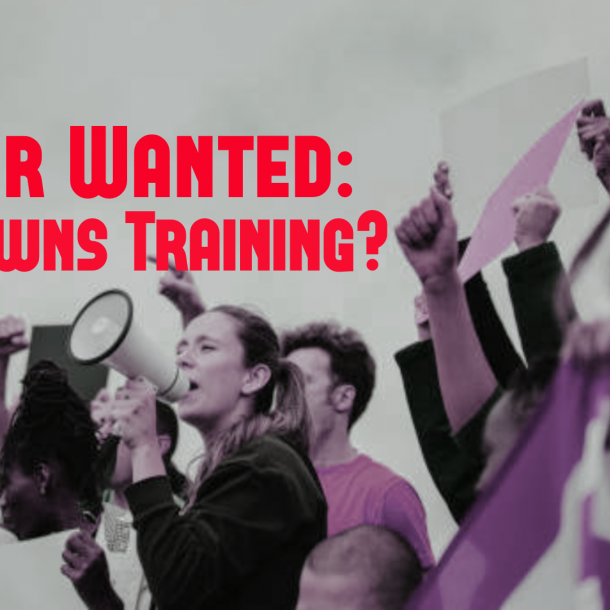
How to Make Annual Performance Conversations less Stressful for New Managers?
Performance Review Conversations can be stressful for any new employee who is starting his/ her professional career or even a first time manager.
A lot of managers are probably more scared during performance reviews than their team members.
Experts recommend that if we involve employees during the goal setting and review process effectively, performance review conversations can become less stressful and more successful.
Although most organizations have a robust performance development and review process, a recent survey we conducted revealed that defining expectations & performance standards and sharing adequate feedback are the weakest link in this process which included assessing and recording the performance too.
This is a clear indication of the importance of goal setting process along with its timely review.
So how do we strengthen the weakest link?
Here are few tips that I would like to share today which will help us to minimize the gap between goal setting and performance review & development
- Weave the big picture into your goal
Research suggests that companies who are able to link the individual objectives to the business objectives are able to drive better performance standards throughout the year.
The reason is very obvious, I guess, when employees see the way they are contributing to business every day, they recognize their role in the organization and start owning their tasks.
The overall strategic goal can be further broken down to functional goals as well to lay out the milestones with more clarity.
The questions that you want to ask at this stage, if you are new manager, are :
- Do you know the strategic and functional goals of the organization?
- As a manager do you have clarity about your goals?
- Are the goals merely performance or development goals?
- Who are the stakeholders who can give you more clarity about the big picture and your team’s role in it?
These questions in a way help us simplify our approach to the goal setting process
- Make it a journey worth being a part of
A goal should act like a GPS for any employee. It should help them set expectations for themselves and encourage them to chase it persistently.
While in the previous section I shared my perspective on aligning individual goals to business goals; in this section, I would like to bring out the importance of making your team members a part of the journey – start to finish.
Getting a buy-in from the team member definitely increases the probability of goals being successfully met
Therefore, I always recommend that supervisors or managers should jointly develop goals.
The journey begins with awareness. However, the key out here, is not just the awareness of the manager but also the way the manager builds awareness among his / her team member.
- Does your organization have a standard process of building awareness towards the goal setting procedure or is it left open to interpretation of the individual or team?
- Do you have a clear and correct understanding of the procedure?
- Are there any stakeholders who need to be involved as a part of the process?
- Is the current procedure being followed?
- Is it working?
- Is there something that you should do?
- A Goal is not cast in stone
Although goals are to be set based on strong conviction, thorough assessment and clear vision of future; it should not be treated as being cast in stone.
Considering the current ambiguity and uncertainty we are dealing with, it is but only fair to evaluate the goal while considering the surrounding circumstances while not deviating from the overall strategic goal and objectives.
I believe goals should evolve continually. This does not mean that you change goals but build on what you have started. This is better than revisiting goals that you set a year back and not recognising it.
Therefore, creating a review infrastructure within the team which enables realistic view of the goal and its relevance in future is a must have for any manager who is starting out new.
To summarize, there are four questions that I would consider to make it all work as a new manager:
- Will the goal help my team member add value to the work he / she does ?
- What are going to be the success indicators of the value creation?
- How will I help him / her see the value constantly?
- What are the steps that I need to take to help him / her continuously increase the value?
Sumitra Paul Chatterjeee
Associate Director
I am a Learning and Development Expert who have worked and consulted with organisations across 6 industries helping them with their Development programs for New and Young Managers
Subscribe To Our Newsletter
Be part of our community and receive updates, best offers and freebies directly in your inbox.
Contoole
With over 15 years of experience and having catered to the learning needs of over 400+; we are committed to giving more Power to the Learners…
© 2022 Contoole.com. All Rights Reserved.

